Everbearing Plants: Learn About Everbearing Varieties Of Fruit
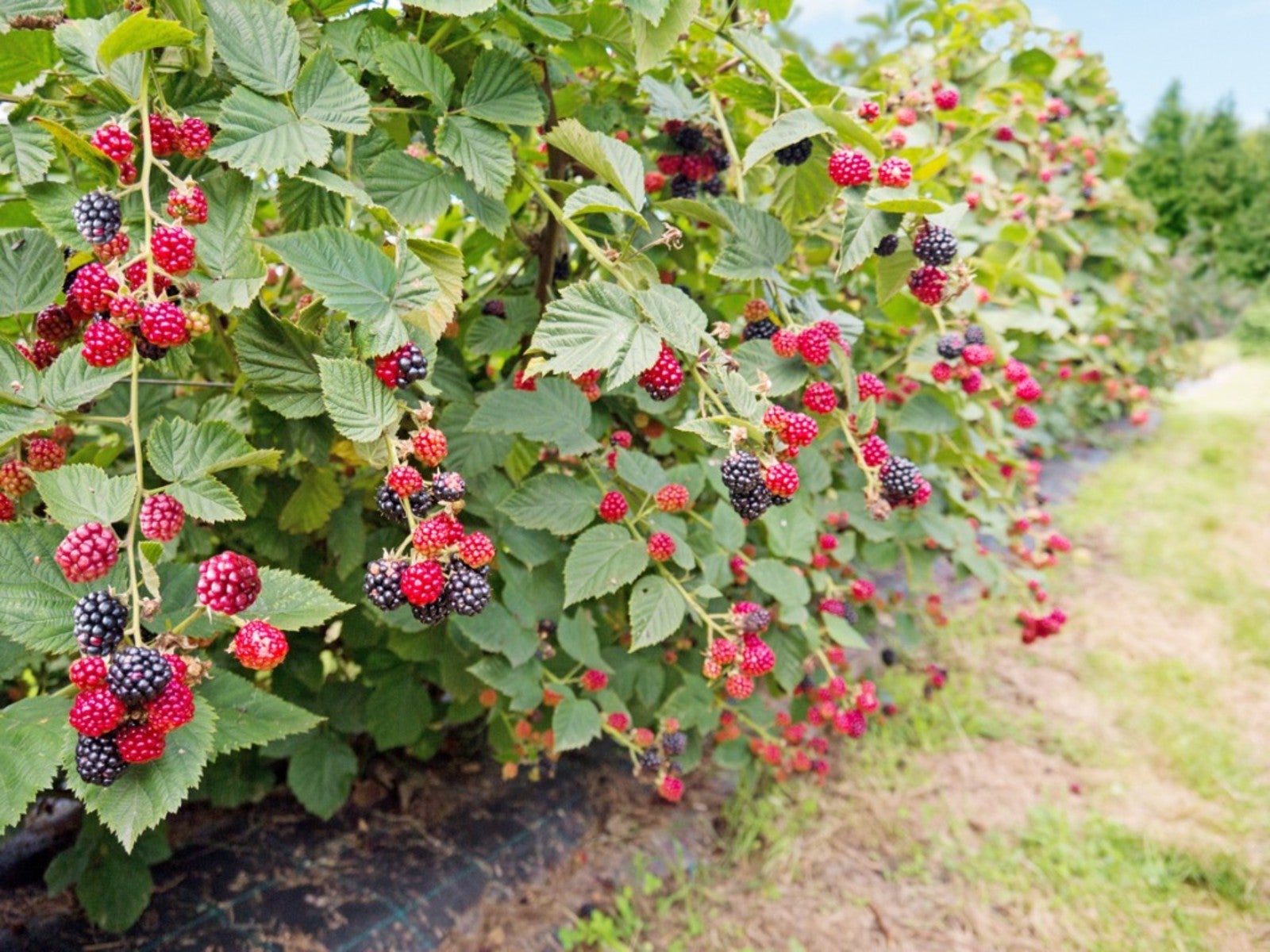

If you're planning on adding fruit production to your backyard garden, you may have run across the term “everbearing.” But what does everbearing mean? And more importantly, how do everbearing varieties differ from non-everbearing types?
What Does Everbearing Mean
At first mention of the term “everbearing,” gardeners may mistakenly believe they've discovered the ultimate fruit plant. Images of plants continuously laden with fruit year after year pop into one's mind. Unfortunately for gardeners, this is not the case.
Fortunately for everbearing varieties of plants, this is also not the case. Fruit production is the method plants use to protect their seeds while they mature. As part of the reproductive process, growing fruit requires a large expenditure of energy. Everbearing plants spread out the process of fruit production to give their seeds multiple opportunities for survival.
The term “everbearing” is often associated with particular varieties of berry plants which produce fruit multiple times a year or continuously throughout the season. Some types of citrus are also everbearing. Due to reproductive energy demands, many everbearing varieties don't produce as much fruit annually as varieties which bear all their fruit in a single crop.
Types of Everbearing Plants
Strawberries and red raspberries are the most common types of everbearing plants. Strawberry varieties are generally classified as June-bearing, everbearing or day-neutral. June-bearing strawberries produce one large crop of berries annually, while everbearing strawberries produce two to three smaller crops per year.
Oddly, day-neutral strawberries better fit the image of everbearing plants. This type of strawberry sets fruit throughout the growing season. Day-nuetral neutral strawberries don't produce prolific amounts of fruit at a time, but they can provide a steady supply of fresh strawberries for table use.
Red raspberries have a similar timing for fruit production as everbearing strawberries. Summer-bearing red raspberry varieties fruit once per year. Everbearing plants produce red raspberries in the fall on new stems and again the next summer on two-year-old canes.
Gardening tips, videos, info and more delivered right to your inbox!
Sign up for the Gardening Know How newsletter today and receive a free copy of our e-book "How to Grow Delicious Tomatoes".
In addition to strawberries and red raspberries, Prim-Ark Freedom is an everbearing, thornless blackberry variety released by the University of Arkansas. While other blackberries produce one crop per year, this newer variety bears a fall crop on first year primocanes and a summer crop the second season.
Everbearing Fruit Trees
Unlike strawberries and bramble fruit, everbearing fruit trees have an extended harvest period rather than multiple periods of fruit production per year. The everbearing mulberry, which is available as a full-sized tree or a dwarf variety, bears ripe fruit throughout the growing season. Mulberries look and taste like blackberries, but are much easier to harvest.
The following citrus cultivars and crosses are also everbearing fruit trees. They produce fruit throughout the entire year in warmer climates and when grown indoors as container plants:
- Eureka lemon
- Lisbon lemon
- Meyer lemon
- Mexican lime
- Perrine (lemon and lime cross)
- Ponderosa (lemon and citron cross)
- Tahiti lime
- Variegated Pink Eureka lemon

Laura Miller has been gardening all her life. Holding a degree in Biology, Nutrition, and Agriculture, Laura's area of expertise is vegetables, herbs, and all things edible. She lives in Ohio.
-
 Try The Trend – Turn Any Bed Into A Keyhole Garden With This Clever In-Ground Composter
Try The Trend – Turn Any Bed Into A Keyhole Garden With This Clever In-Ground ComposterKeyhole gardening is an efficient and sustainable practice that saves space. Get started on this DIY project quickly and easily with an in-ground composter.
By Bonnie L. Grant
-
 4 Superfast Composting Methods: Turn Waste Into Garden Gold In 30 Days Or Less
4 Superfast Composting Methods: Turn Waste Into Garden Gold In 30 Days Or LessTry the fastest composting methods to turbocharge your pile and transform kitchen scraps and garden waste into finished compost in just a few weeks.
By Mary Ellen Ellis
-
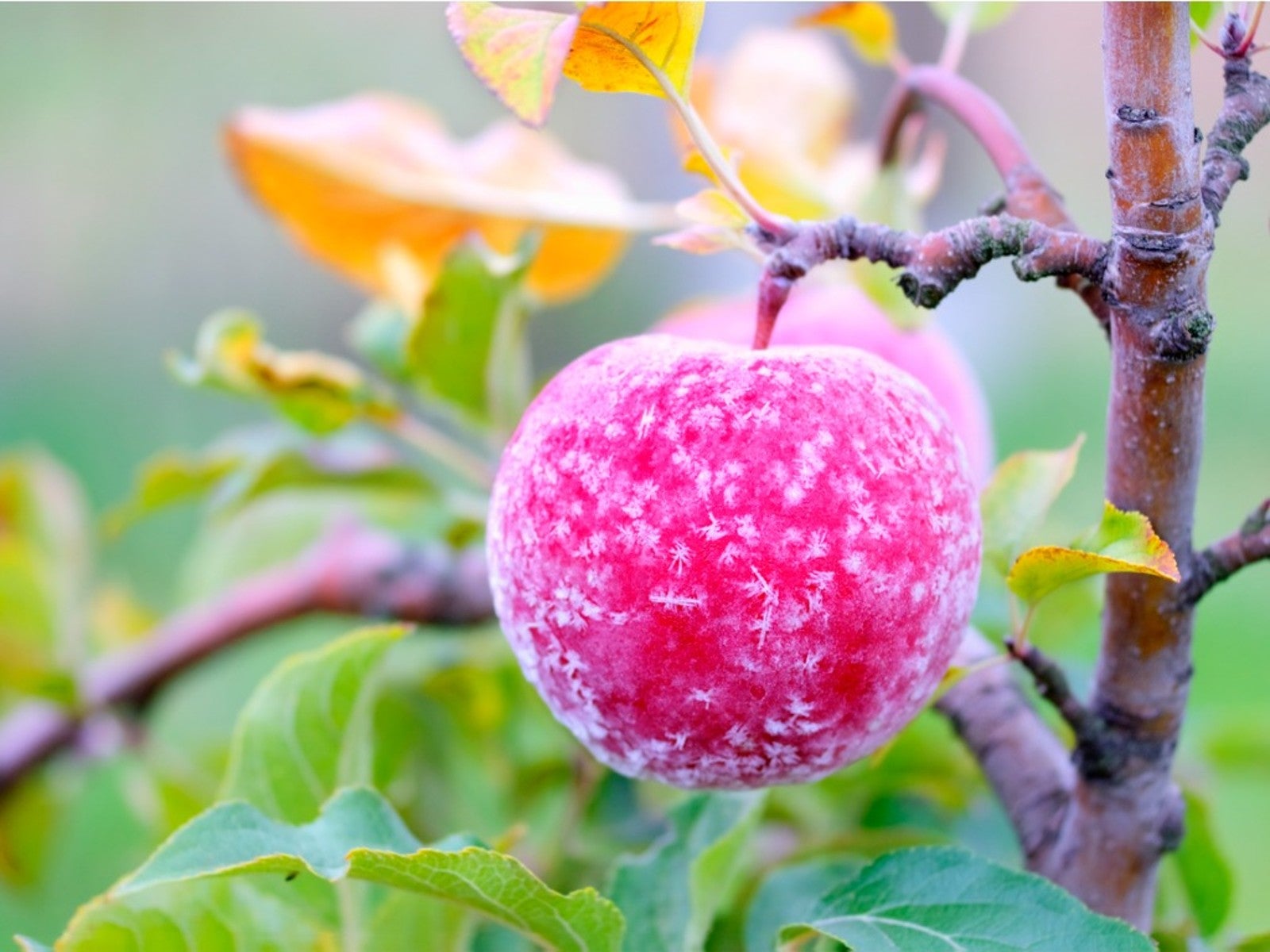 How To Protect Fruit Trees From Frost And Freeze
How To Protect Fruit Trees From Frost And FreezeChoosing fruit trees appropriate for your growing zone is best, but you still may need to protect them from extreme cold. Read how.
By Bonnie L. Grant
-
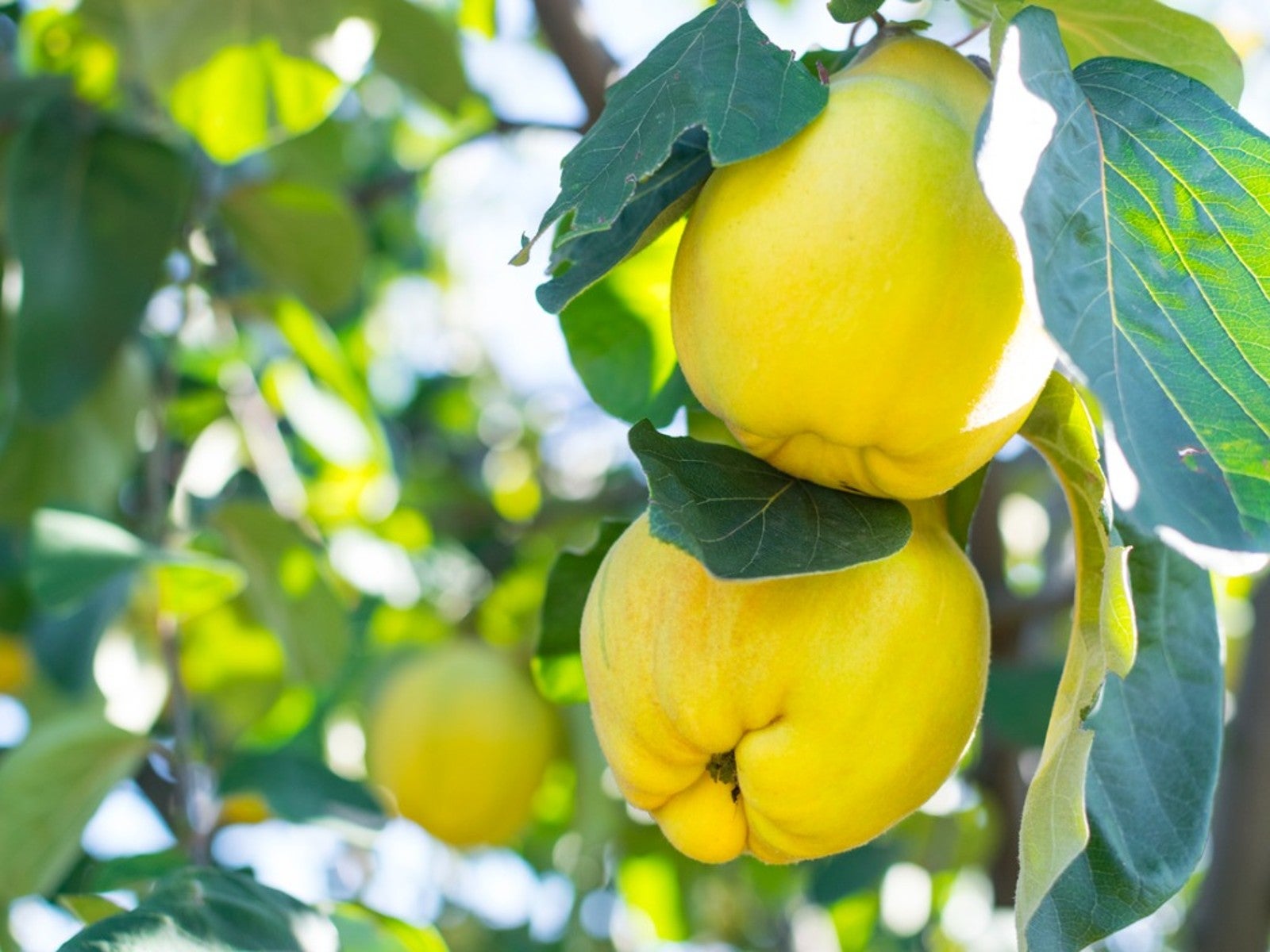 Best Plants For Late Summer and Fall Fruit Harvest
Best Plants For Late Summer and Fall Fruit HarvestEven if you don’t have the optimal conditions for more common fruit trees, there are other end of summer fruits to enjoy.
By Teo Spengler
-
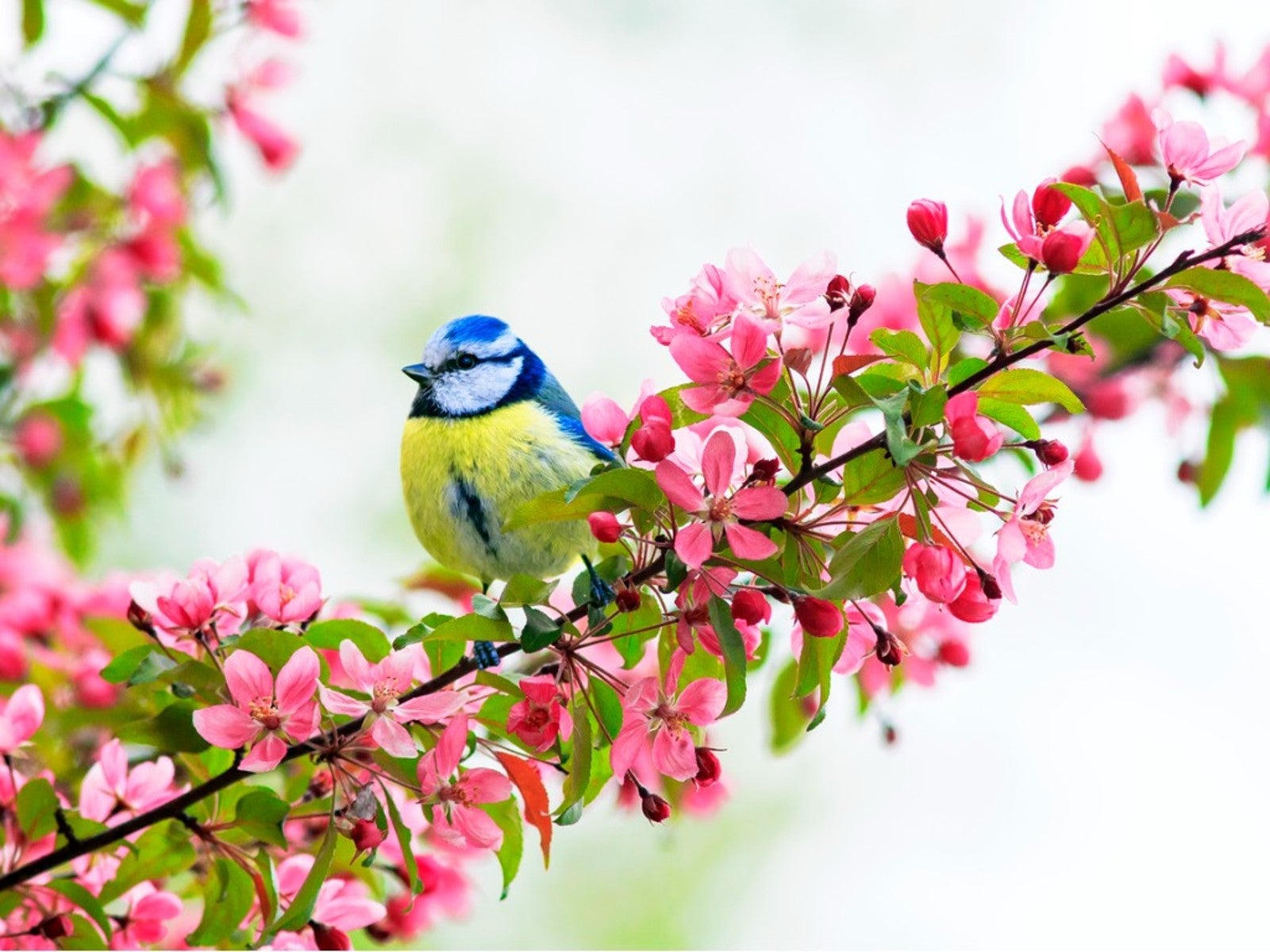 Best Native Fruit Trees To Support Wildlife
Best Native Fruit Trees To Support WildlifeIf you want trees that will attract and feed wildlife, learn the best kinds of edible fruit and nut trees to plant for inviting specific creatures.
By Teo Spengler
-
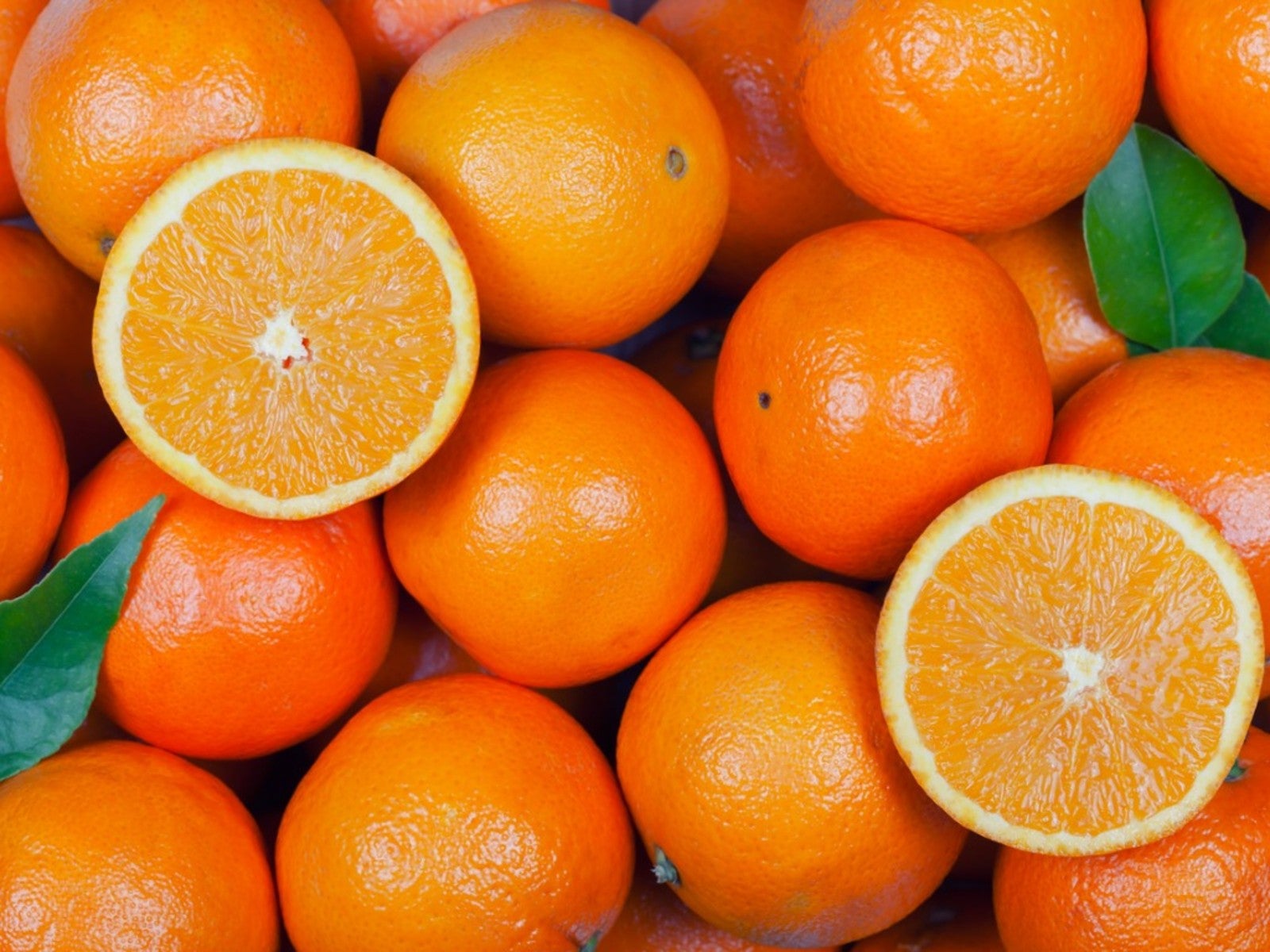 Orange Fruit Varieties: Growing Fruits That Are Orange
Orange Fruit Varieties: Growing Fruits That Are OrangeOrange colored fruit isn’t limited to the citrus orange. There are plenty of other orange colored fruit varieties, each packing a healthful punch. Read on for more.
By Amy Grant
-
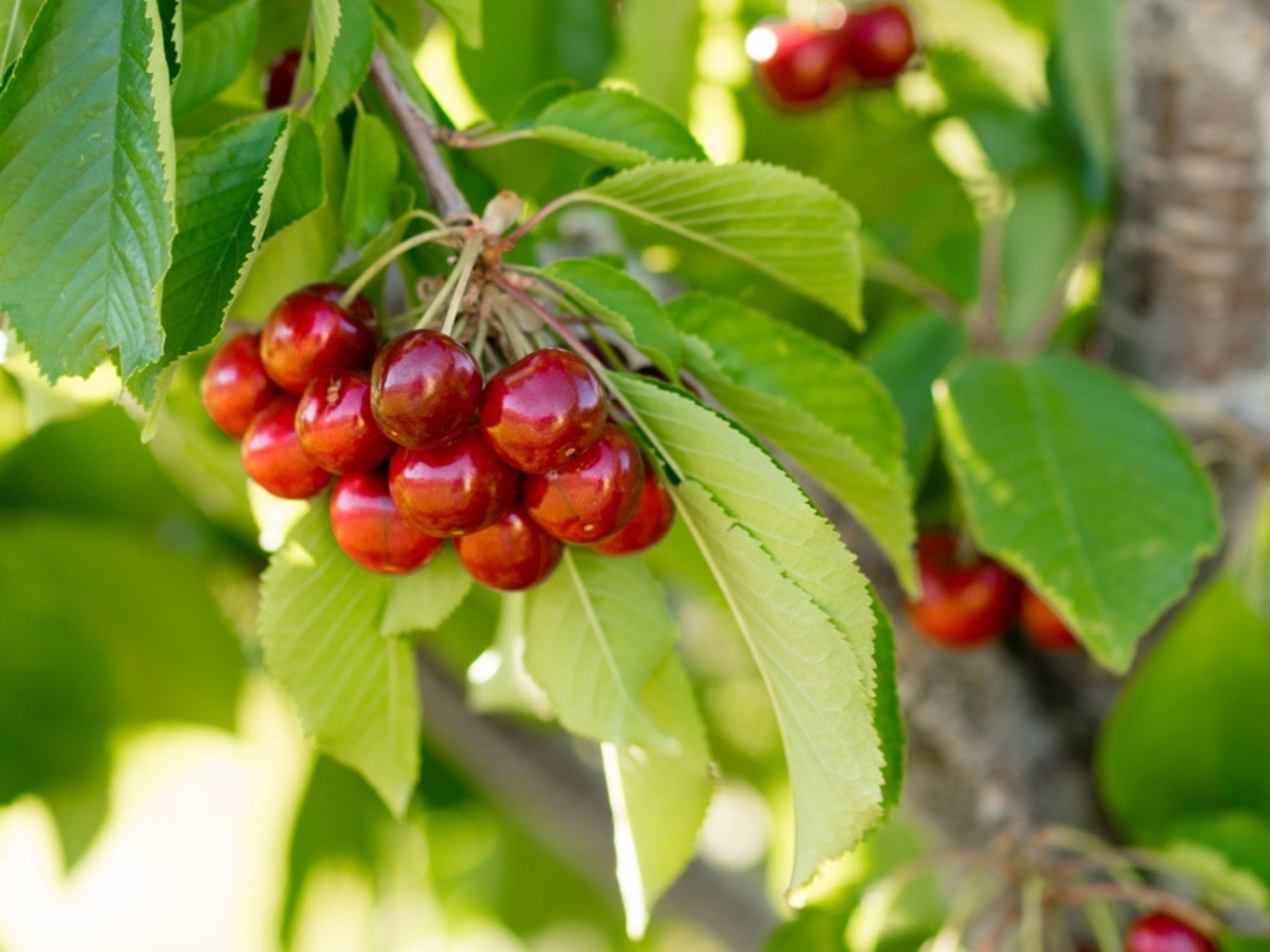 Plant A Red Fruit Garden: Growing Fruits With Red Flesh
Plant A Red Fruit Garden: Growing Fruits With Red FleshPlanting a red fruit garden may seem a bit whimsical. That is, until you realize the health benefits of consuming fruits with red flesh.
By Laura Miller
-
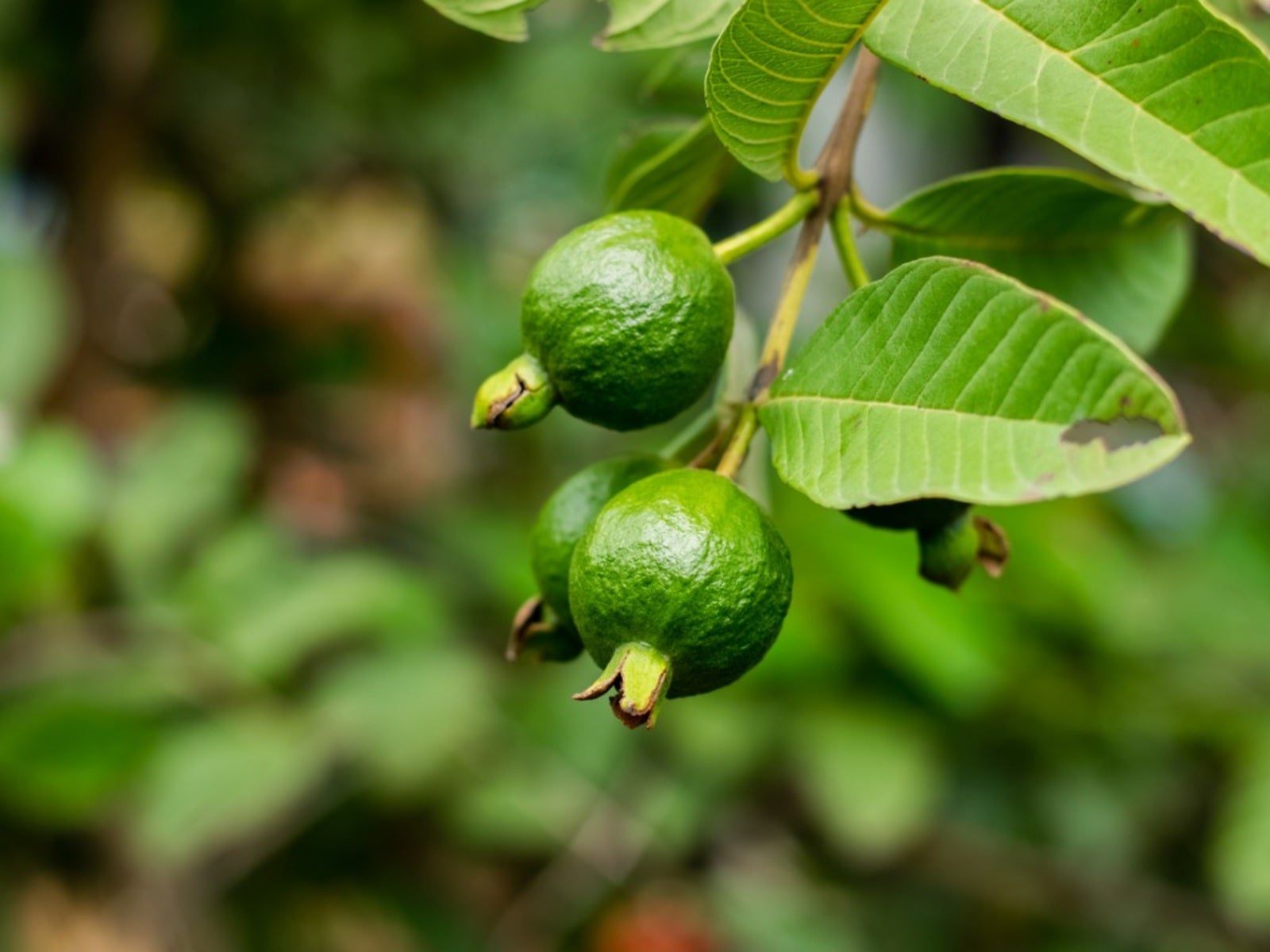 Heat Tolerant Fruits - Growing Fruit In Hot Weather
Heat Tolerant Fruits - Growing Fruit In Hot WeatherSome fruit grows in extreme heat naturally. But there are also specially cultivated, heat-tolerant varieties. For more information on heat tolerant fruits, read on.
By Teo Spengler
-
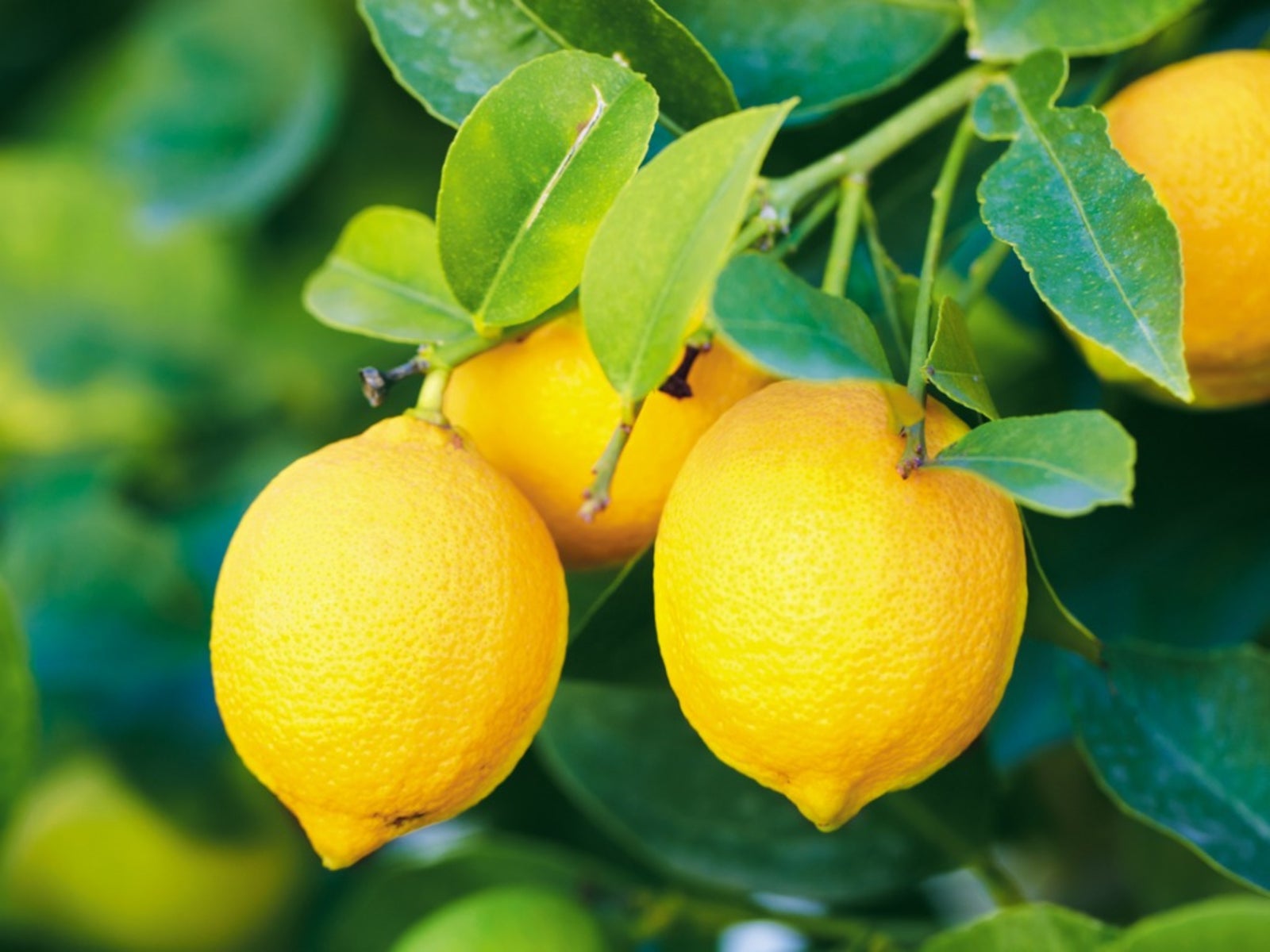 Yellow Fruit Varieties - Growing Fruit That Is Yellow
Yellow Fruit Varieties - Growing Fruit That Is YellowWhat fruit is yellow? There's more than the bananas at the supermarket. Try growing yellow fruit for a consistent supply of sunny food.
By Bonnie L. Grant
-
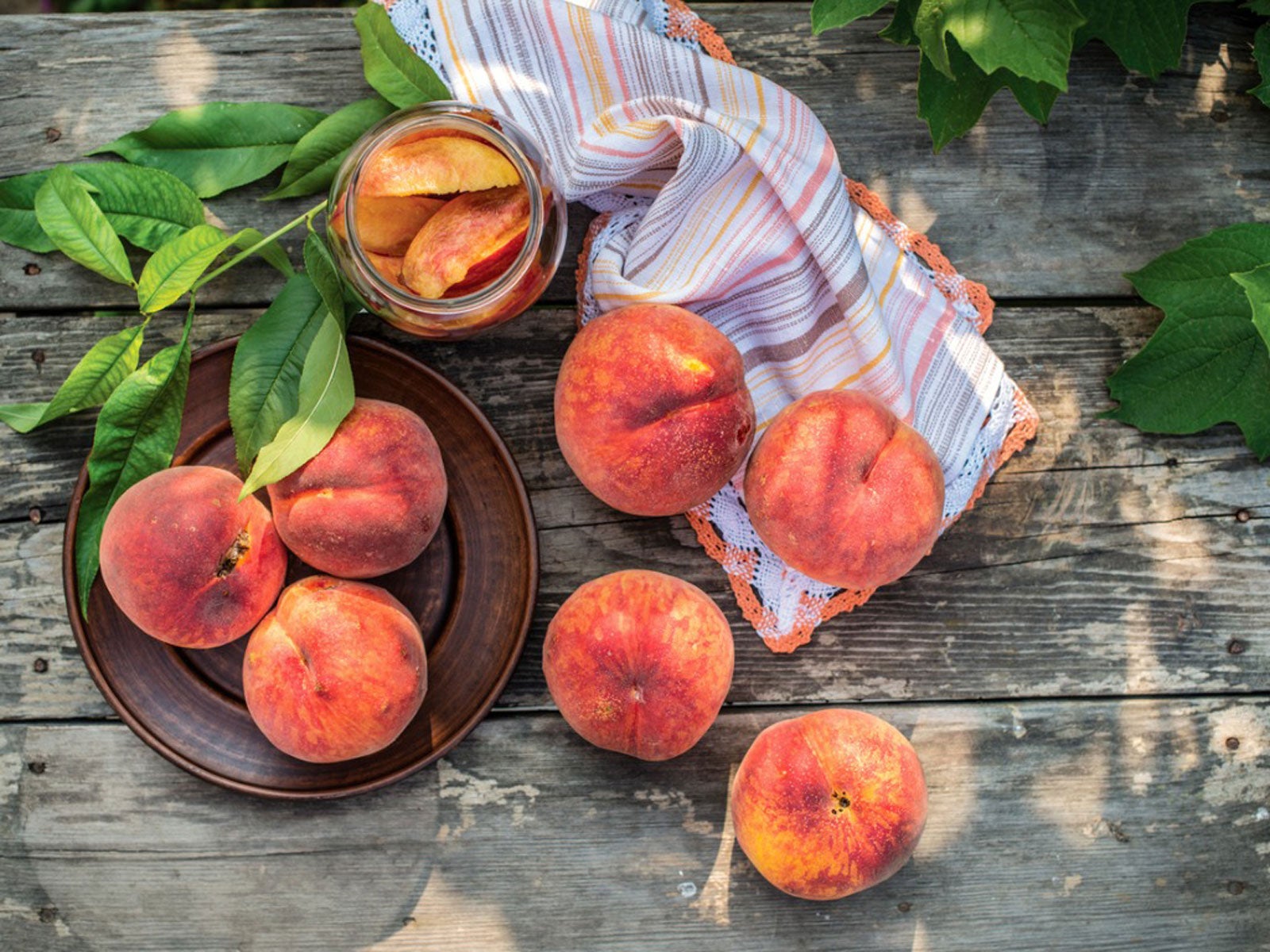 Post Harvest Cooling Guide – How To Cool Fruit Picked From The Garden
Post Harvest Cooling Guide – How To Cool Fruit Picked From The GardenPost-harvest cooling of fruit is used both commercially and by home gardeners. Cooling fruit is important for harvest quality. Click here to learn more.
By Tonya Barnett